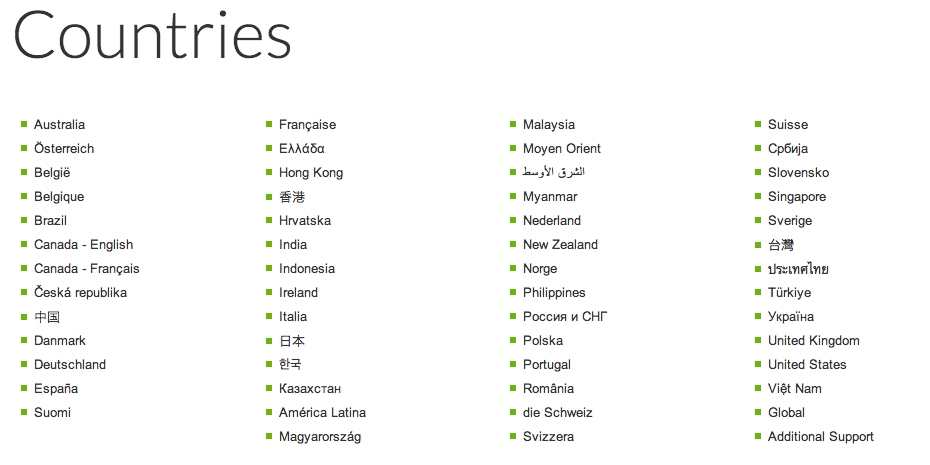

The French language used in France is also known as international French to distinguish it from its local varieties. Official language in 29 countries, including France, Belgium (with Dutch and German), Switzerland (with German, Italian and Romansh) and Canada (with English), it is spoken by about 80 million native speakers. Numbers above 95 million are rounded off to the nearest 5 million.Share: Twitter Facebook Counting in French Contentsįrench ( français) is an Indo-European language belonging to the romance group. The top eleven languages have additional figures from the 2010 edition of the Nationalencyklopedin. Updated estimates from 2010 are also provided. As census methods in different countries vary to a considerable extent, and given that some countries do not record language in their censuses, any list of languages by native speakers, or total speakers, is effectively based on estimates. The following table contains the top 100 languages by estimated number of native speakers in the 2007 edition of the Swedish encyclopedia Nationalencyklopedin.
#List of numbers in different languages update#
Please help update this article to reflect recent events or newly available information. The reason given is: the 2010 edition of Nationalencyklopedin has revised figures. Languages with at least 10 million first-language speakers Rank The following languages are listed as having at least 10 million first language speakers in the 2022 edition of Ethnologue, a language reference published by SIL International. īubble chart of languages by proportion of native speakers worldwide Sometimes speaker populations are exaggerated for political reasons, or speakers of minority languages may be under-reported in favour of a national language. In some areas, there is no reliable census data, the data is not current, or the census may not record languages spoken, or record them ambiguously. There are also difficulties in obtaining reliable counts of speakers, which vary over time because of population change and language shift. It is also common to describe various Chinese dialect groups, such as Mandarin, Wu and Yue, as languages, even though each of these groups contains many mutually unintelligible varieties. Similarly, Chinese is sometimes viewed as a single language because of a shared culture and common literary language. While Arabic is sometimes considered a single language centred on Modern Standard Arabic, other authors describe its mutually unintelligible varieties as separate languages.

Ĭonversely, many commonly accepted languages, including German, Italian and even English, encompass varieties that are not mutually intelligible. įor example, a language is often defined as a set of varieties that are mutually intelligible, but independent national standard languages may be considered to be separate languages even though they are largely mutually intelligible, as in the case of Danish and Norwegian. However, all such rankings should be used with caution, because it is not possible to devise a coherent set of linguistic criteria for distinguishing languages in a dialect continuum. This article ranks human languages by their number of native speakers. Current distribution of human language families


 0 kommentar(er)
0 kommentar(er)
